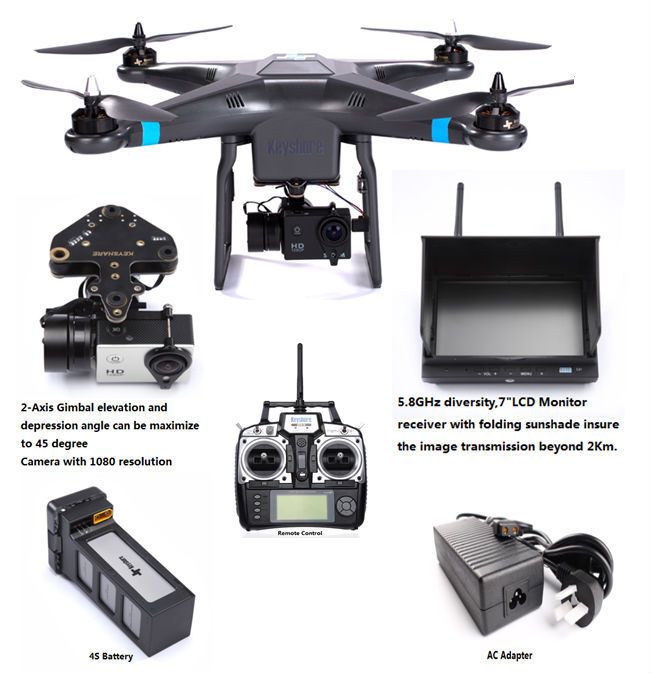

ĭespite the growing popularity of drones, their acquisition cost along with high maintenance and training costs are the main factors constraining their use in research. The majority of biodiversity studies conducted with drones use Small Unoccupied Aircraft Systems (sUAS) weighting 2–5 kg with a wingspan smaller than 3 m and payloads below 1 kg, they are generally electrically powered and operate at low altitudes. The success of drones for biodiversity monitoring is primarily due to the high spatial and temporal resolution of the data obtained as well as to a reduction in time, cost and logistical challenges as compared to other means of obtaining aerial imagery, such as satellite or manned aircrafts. These systems are used for identifying deforestation and fragmentation processes, searching for illegal hunters and conducting forest inventory and biodiversity assessments as well as wildlife surveys. In the last decade, drones (known as Unoccupied Aircraft Systems–UAS, or Remotely Piloted Aircraft Systems–RPAS) have been adopted as a new tool for the monitoring and conservation of protected areas. The founder had no role in study design, data collection and analysis, decision to publish, or preparation of the manuscript.Ĭompeting interests: The authors have declared that no competing interests exist. There was no additional external funding received for this study. This is an open access article distributed under the terms of the Creative Commons Attribution License, which permits unrestricted use, distribution, and reproduction in any medium, provided the original author and source are credited.ĭata Availability: All relevant data are within the paper and its Supporting information files.įunding: Funding for this research was provided to GPM by pre-doctoral scholarship from the Foundation for the Support of Research and Scientific and Technological Development of Maranhão (FAPEMA BD-02130/15).

Received: JAccepted: JPublished: August 13, 2021Ĭopyright: © 2021 Mesquita et al. PLoS ONE 16(8):Įditor: Jana Müllerová, Institute of Botany of the Czech Academy of Sciences, CZECH REPUBLIC Building DIY drones requires some technical knowledge and demands more time than buying a commercial ready-to-fly system, but as proved here, it can be less expensive, which is often crucial in conservation projects.Ĭitation: Mesquita GP, Rodríguez-Teijeiro JD, de Oliveira RR, Mulero-Pázmány M (2021) Steps to build a DIY low-cost fixed-wing drone for biodiversity conservation. We performed 12 flight tests in auto mode using the developed model in protected areas in Brazil, obtaining RGB images that allowed us to identify deforestation spots smaller than 5 m 2 and medium-sized animals. The total cost was $995 which is substantially less than the average value of similar commercial drones used in biodiversity studies. It is equipped with a RGB (Red, Green and Blue) sensor capable of obtaining 2.8 cm per pixel Ground Sample Distance (GSD) resolution at a constant altitude of 100 m above ground level (AGL). The DIY fixed-wing drone developed has electric propulsion, can perform pre-programmed flight, can carry up to 500 g payload capacity with 65 minutes flight duration and flies at a maximum distance of 20 km. Inspired by DIY (Do It Yourself) and open source models, this work prioritizes simplicity and accounts for cost-benefit for the researcher. Here we present the steps necessary to build a low-cost fixed-wing drone for environmental applications in large areas, along with instructions to increase the reliability of the system and testing its performance. Despite the proved usefulness of drones in biodiversity studies, acquisition costs and difficulties in operating, maintaining and repairing these systems constrain their integration in conservation projects, particularly for low-income countries.


 0 kommentar(er)
0 kommentar(er)
